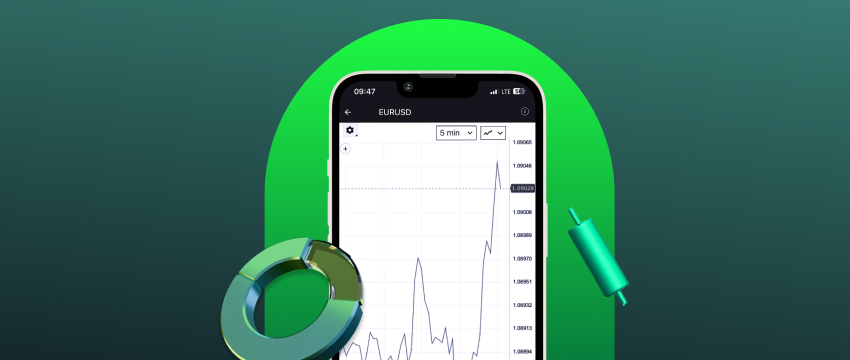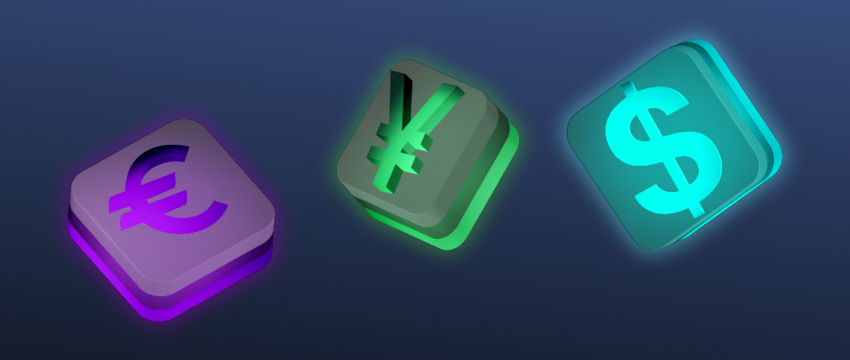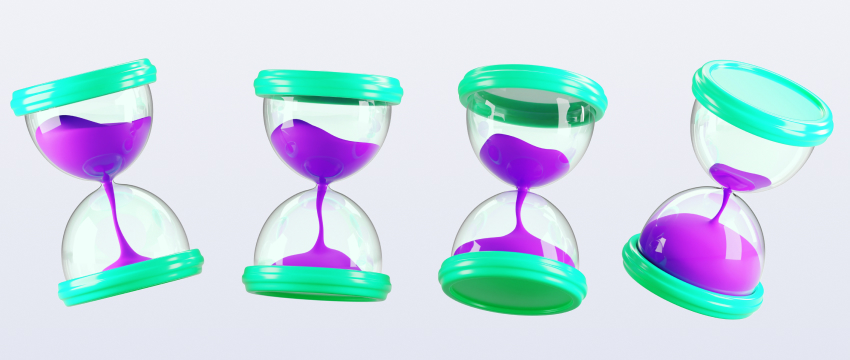Forex trading is essentially about buying and selling currencies to profit from changes in exchange rates. Therefore, to succeed in this field, it is crucial to make well-informed decisions. Moreover, the type of analysis you use—whether fundamental or technical—plays a significant role in shaping those decisions.
One of the most common questions beginner traders ask is: “Which type of analysis is best for forex trading?” However, there’s no simple answer to this. It ultimately depends on several factors—such as your trading style, your risk tolerance, and how much time you can commit to trading.
Although a lot of forex traders focus on technical analysis, fundamental analysis is important as well. Technical analysis is about the study of price charts to find patterns or trends. In contrast, fundamental analysis focuses on the bigger picture. It considers factors like economic data, interest rates, and global events that can affect a currency’s value.
In this article, we will discuss both technical and fundamental analysis and look at the differences between the two.

What is fundamental analysis?
Fundamental analysis looks beyond the charts. It involves studying a country’s economic, social and political factors that could move currency prices. This includes interest rate decisions, inflation reports, GDP, employment data, and global events like elections or wars.
Technical analysis uses historical price data and chart patterns and is more short-term.
What is technical analysis?
Technical analysis centres on price charts and market data, looking at factors like volume and price changes over time. In contrast, fundamental analysis focuses on the underlying value of an asset. Additionally, technical analysis uses past performance to predict future price movements.
Key tools of technical analysis
Technical analysis indicators
Traders often use tools like moving averages, RSI, and MACD. These are calculations based on price, volume, or open interest, to spot trends or possible reversals in future prices.
Relative strength
This compares a currency’s performance to another or against a benchmark to gauge its momentum.
Volume analysis
This calculates the number of lots or contracts that are traded in the forex market over a specific period.
Chart pattern analysis
This involves studying price changes to spot patterns that may indicate future activity.
Candlestick pattern analysis
Candlestick formations can show whether buyers or sellers are gaining strength.
Trend analysis
This analyses past and current market movements to forecast future currency prices. It mainly uses historical prices and trading volume.
Support and resistance
These are price levels drawn on a price chart to show where the price of a currency is unlikely to move beyond.

The differences between fundamental and technical analysis
Ultimately, the real difference between fundamental and technical analysis comes down to time frame and focus. It depends on whether traders take a short- or long-term approach to investing. And whether they will focus on indicators or past performances.
Fundamental analysis examines economic indicators, interest rates, and geopolitical events to determine a currency’s value over the long term.
In contrast, technical analysis is short term and uses price charts, patterns, and indicators based on past market performance to forecast future movements.
Fundamental vs technical analysis
Pros of fundamental analysis
Ideal for long-term trades: As a result, fundamental analysis is ideal for long-term trades. It offers a deeper understanding of broader economic factors—such as interest rates, inflation, and economic growth—that can influence a currency’s direction.
Managing risk: Therefore, staying updated on central bank policy changes is essential. It helps traders make better decisions and reduces their exposure to unexpected events. For example, if you expect the Fed to raise interest rates, it’s wise to avoid shorting the US dollar before the announcement.
Adaptability to global events: Fundamental traders are often better equipped to handle sudden changes like unexpected policy changes, political instability, or economic shocks. This is because they’re always keeping an eye on global markets.
Cons of fundamental analysis
Time-consuming: Traders that use fundamental analysis must stay on top of global news, economic reports, and central bank statements. All of these can affect currency prices.
Not suited for short-term trades: Fundamental analysis is more effective at identifying long-term trends than predicting short-term price changes.
Markets can be irrational: Even when the economic data suggests a currency should move in a particular direction, it may move in the opposite direction, especially in the short term.
Too much information: It can be overwhelming to deal with so many reports, forecasts, and other data. It’s easy to overanalyse situations and miss opportunities.
Pros of technical analysis
Timely: Technical analysis is ideal for short-term forex trades because it relies on real-time price and volume data, which allows traders to respond quickly.
Simple: It is easier to understand than pages of financial statements since it often uses graphical representations.
Risk management: Tools like stop-loss orders based on support and resistance levels can help protect your trades.
Psychological insights: Charts can reflect market sentiment, whether there’s fear, confidence, or uncertainty in the market.
Adaptable: Although technical analysis is commonly used in forex, it can also be used for stocks, commodities, and other markets.
Cons of technical analysis
Everyone is following the same signals: Popular indicators can influence investors to make the same moves, which can cause prices to move in unexpected ways.
False signals: Short-term price changes may trigger false signals because forex markets move fast.
Different views: Two traders may look at the same chart and reach different conclusions.
Ignores the bigger picture: Technical analysis looks at historical price patterns instead of focusing on what’s happening in the economy or with interest rates.
Information overload: It’s easy to overthink and hesitate instead of making a decision when there are so many indicators to choose from.
Technical or fundamental analysis, which is the best?
Both technical and fundamental analysis are useful tools in forex trading. Fundamental analysis helps to identify a currency’s underlying value by looking at economic indicators like interest rates, inflation, employment data, and central bank policies. It’s more useful for longer-term decisions and helps traders look at the bigger picture.
Fundamental analysis can be a useful tool for long term strategies, but it is less suited for short term trading. It offers a balanced approach by considering both qualitative and quantitative factors, although understanding them can be subjective.
Technical analysis, on the other hand, looks at price charts and patterns. It’s often used to spot trends and decide when to enter or exit a trade. Although this method provides a quick visual way of analysing currencies, it has limitations. For a more comprehensive strategy, traders and investors often use technical analysis with other methods.
Technical analysis is often criticised for concentrating more on currency, price trends and value, while fundamental analysis can be time-consuming and less useful for short term trades.
Most investors and traders don’t stick to just one strategy. Instead, they use fundamental analysis to understand the reasons for a currency’s movement, and technical analysis to figure out when to buy or sell.
Penafian: This material is for general informational and educational purposes only and should not be considered investment advice or an investment recommendation. T4Trade is not responsible for any data provided by third parties referenced or hyperlinked in this communication.




